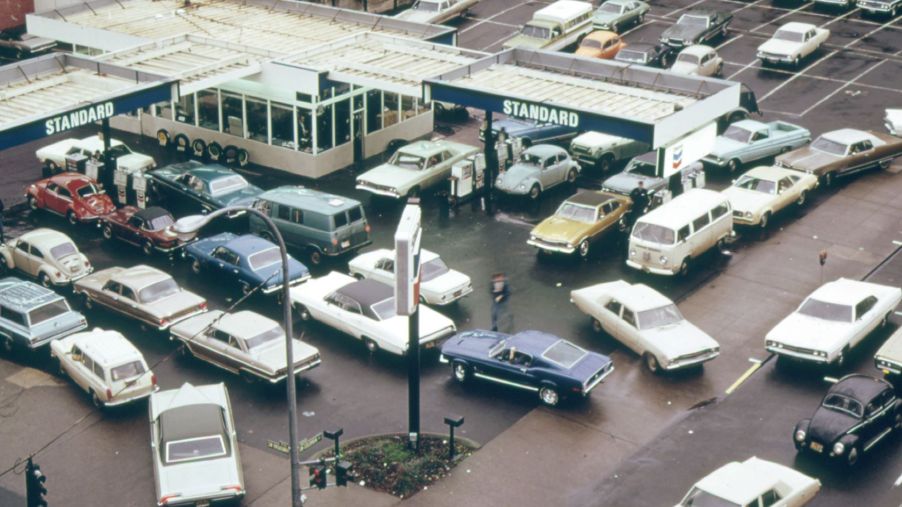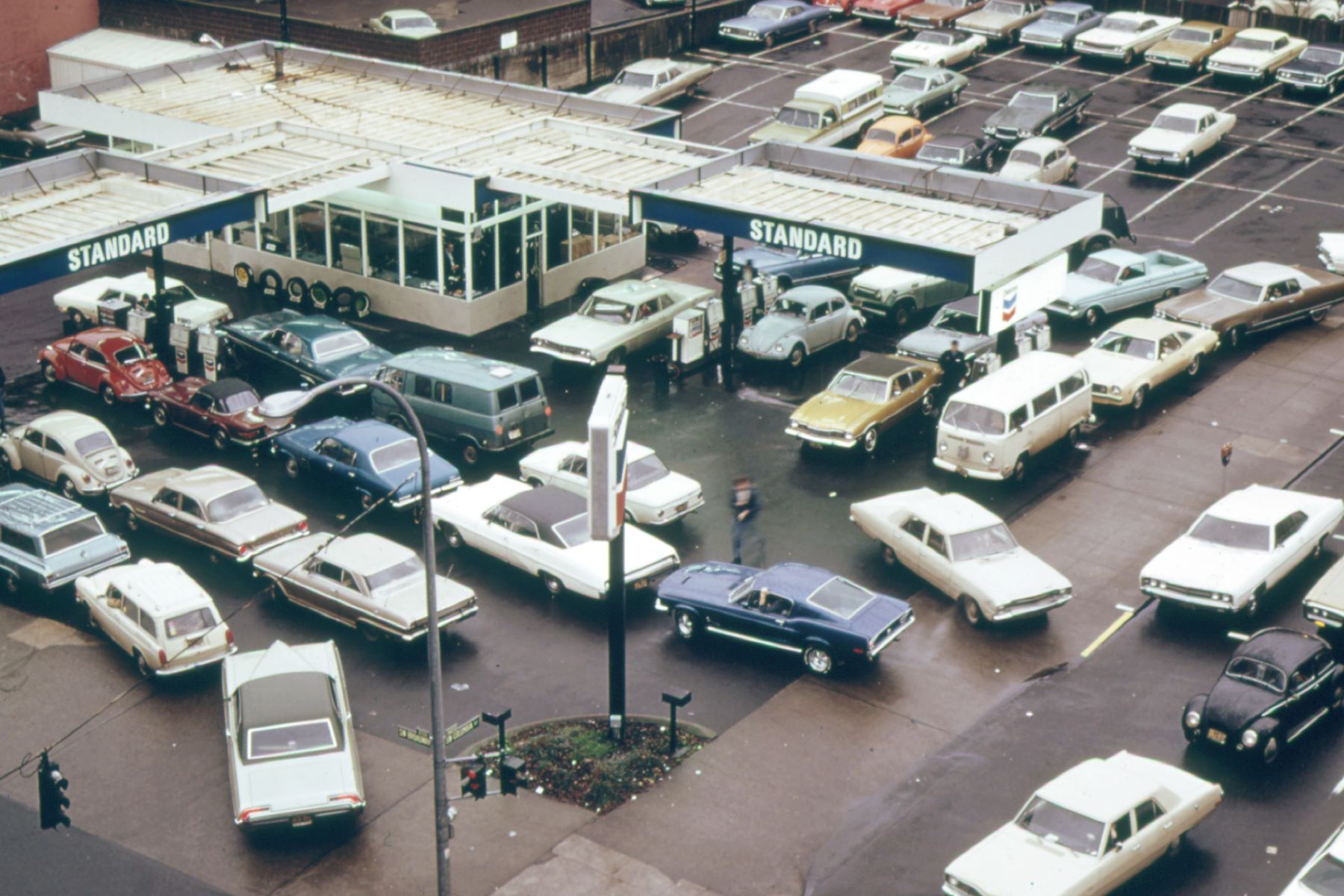
The Truth Behind the Fuel-Saving Myth That Filling Your Gas Tank in the Morning Saves You Money
There are many myths and hacks for people trying to save time and money with their cars, especially concerning fuel economy. One popular myth is that if you get up very early in the morning and head to the gas station to fill up your tank, you’ll save money and get better gas mileage on the road. The belief is that gas is denser in cooler temperatures, so you get more fuel per gallon for your money. Is this superstition true? Not exactly.
Cold weather and fuel density

While there’s a fraction of truth in this myth, related to gas being denser when temperatures are cooler, it doesn’t change significantly. At least, not enough to save you any money when you show up at the gas pump.
According to How Stuff Works, gas is sold in the U.S. by the gallon. Yes, the fuel’s density changes based on temperature. You won’t save money, but your cold gallon of gas does contain more energy than a warm gallon. Using that logic, that early morning gas station trip might be worth it. However, that depends on if gas bought in the morning is colder than gas bought later in the day, which it isn’t. So, why doesn’t the temperature of gas change significantly through the different seasons?
Gas stored underground busts the myth
There is only a small fluctuation in gas temperature regardless of the time of day. According to Consumer Reports, this is because gas is stored in underground tanks. Even a gas station with minimal business won’t have much fuel heating up in the pump. If it should, it’s only a trace amount.
The CR team also found in its investigation that when the temperature of gas increases from 60 to 75 degrees Fahrenheit, it only increases in volume by 1%. The per-gallon price difference is minuscule with gas prices at a reasonable level. Maybe only a few cents average out on a single complete fill-up. So, if you make a special trip to get gas to fill up early in the morning, you’re going to burn way more gas than you are ever going to gain. That makes this car hack a myth.
How to really improve gas mileage
GM Financial has some recommendations if you’re looking for ways to save money at the pump.
First, minimize the clutter. You should have a few things in your vehicle, like an emergency kit. However, most of us have more than a few things in our cars that we don’t need. Clear out the books, sporting equipment, book bags, the stuff in the truck you’ve been meaning to drop off at the thrift store, and more. Don’t forget outer items when they aren’t in use, like bike racks, cargo boxes, and roof racks. The weight not only eats into your gas mileage but also makes your vehicle less aerodynamic.
Second, reduce idling time. Many newer vehicles have the stop-start feature that can help you save gas. With that, you can automatically shut off the engine when you stop the car. When the brake is released, the engine restarts automatically. Since it uses more fuel to idle than restart the vehicle, you can optimize fuel economy. Also, when the car is idling, it produces 80% more pollution than it does when it’s moving.
Third, slow and steady is best. When you exceed speeds of 45 to 50 mph, your car is less fuel-efficient. The faster you drive, the less efficient it becomes. The best practice is to stay within the posted speed limits and, whenever you can, use cruise control. Quick acceleration and heavy brake usage can do a number on your gas usage.
Fourth, monitor your tire pressure. Your fuel consumption can dip by up to 3% if your tires aren’t properly inflated. Plus, you risk damaging your treads. Check your vehicle owner’s manual or your tires’ wall for the right PSI.
Finally, establish a maintenance routine. Taking your vehicle in for regular service is a great way to optimize your fuel usage. Dirty air filters, connections, and spark plugs can all make a negative impact on your fuel economy. Keep your car serviced, and you’ll keep it running more efficiently and cut down on the pollution it produces.


